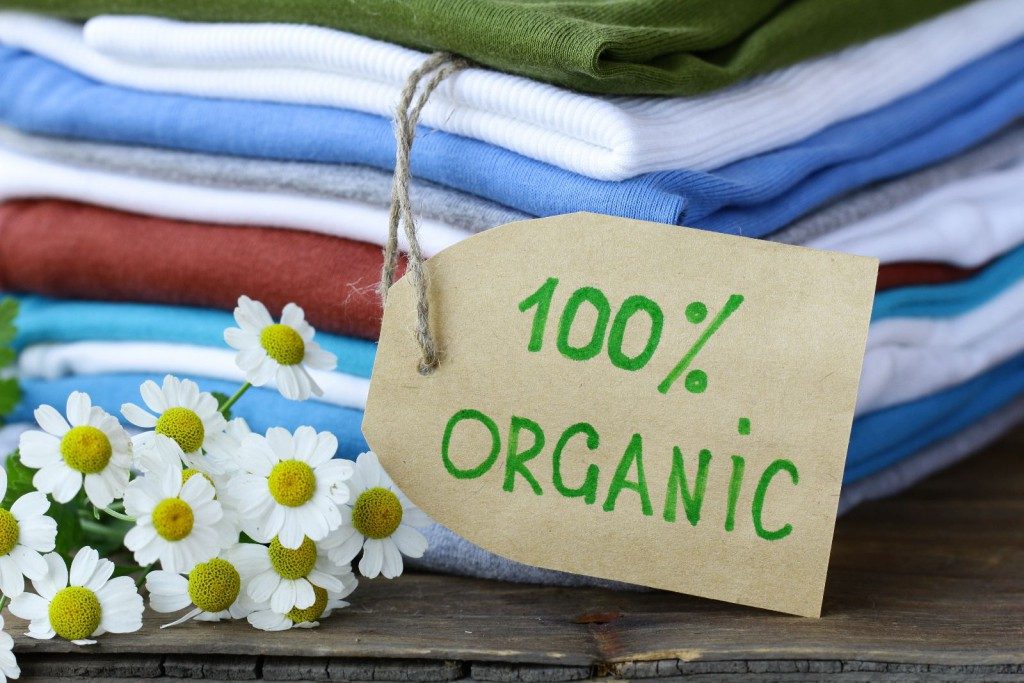The following article is not the usual for The Herb Cottage. It’s interesting, though, given how our demand for “ethical” products has surged. Many of the ideas in the article can be used by other types of business, as well.
There is a major change going on nowadays when it comes down to brands, fashion, marketing and consumerism in general. This generation of millennials are changing the way brands work, by making them go by environmental friendly, cruelty-free standards. And that’s the new ethical way of doing business.

The same thing is happening in the fashion industry. A generation that thinks and acts sustainably made Gucci finally drop fur from all of its clothing lines. People are shopping for vintage clothes, and they are becoming loyal to fashion brands that have an environmental cause behind their work.
So if you’re aiming to create such a brand of clothing, and become part of world innovators who are shaping sustainability, then there are some simple steps you can follow.
Define your sustainable standards
First thing you should do is consider what sustainability means to you and decide how this can work for your own brand. Think about what your principles are and how you intend to share them with the world through your designs. Keep in mind that people nowadays are easily differentiating ‘greenwashed’ brands from real environmental friendly ones, so you should make sure your convictions will reflect sustainability.
Research the market
If you’re only getting started, then you should understand what people are looking for the most, and what your future competitors are doing. It’s hard for an ethical designer to predict what price are customers willing to pay for ethical clothing, or whether they will like the material of the fabrics from which he will be making the clothes. But that is a risk all designers take, and you should also if you are passionate about your beliefs.
Create an efficient team
You will have to hire people who are good at PR, Event Management, Marketing, and others. Make sure these people have pursued sustainability degrees, or at least know the importance of corporate responsibility. Your team represents your brand as well, so investing in them is a win-win situation.
Choose your clothing supply chain
The global clothing supply chain involves millions of people as well as tonnes of water, chemicals, crops, and oil. So make sure to choose carefully your source of raw materials, the factories where those materials are made into garments, and the distribution network by which the clothes are delivered to consumers. Your choice will highly impact the image you are trying to create for your brand, and it will represent your cause as well.
Promoting your brand
It doesn’t matter at what stage of creating you are. Spread the word about it and make sure it reaches the masses. Create social media profiles in all the platforms, and make sure to create an outstanding web-page that will represent your brand in the most creative ways possible. Start posting, sharing and initiate the traffic in your site, this way you will create an audience until the point you decide to launch your brand officially.
Create a slow-fashion brand
You may want to choose a single cloth to focus on, primarily. You can choose scarfs, gloves, jeans or t-shirts only. But we suggest you go by the ‘slow fashion’ principle. Slow fashion clothes are clothes that are not governed by seasonal trends, classics or investment pieces. You will want to create something that will promote long-term sustainability, not something temporary.
Be transparent
Transparency is what urges loyalty. Millennials are appreciating brands and companies that share their sources, their path to success and people behind the scenes. By doing so, you’re making them aware that you are confident on your creations, confident enough to share and not be intimidated by opinions. This will make them feel like they’re integrating parts of your brand and as if you’re inviting them to participate in creating something good for the planet. They will absolutely love that!
Every step you take is important because what you intend to do is leave your footprint in the world and make a good impact, from a sustainable perspective. So do not think that these steps should be taken recklessly and on a fast pace. Take your time and reflect on the decisions that will determine your eco-clothing line.
